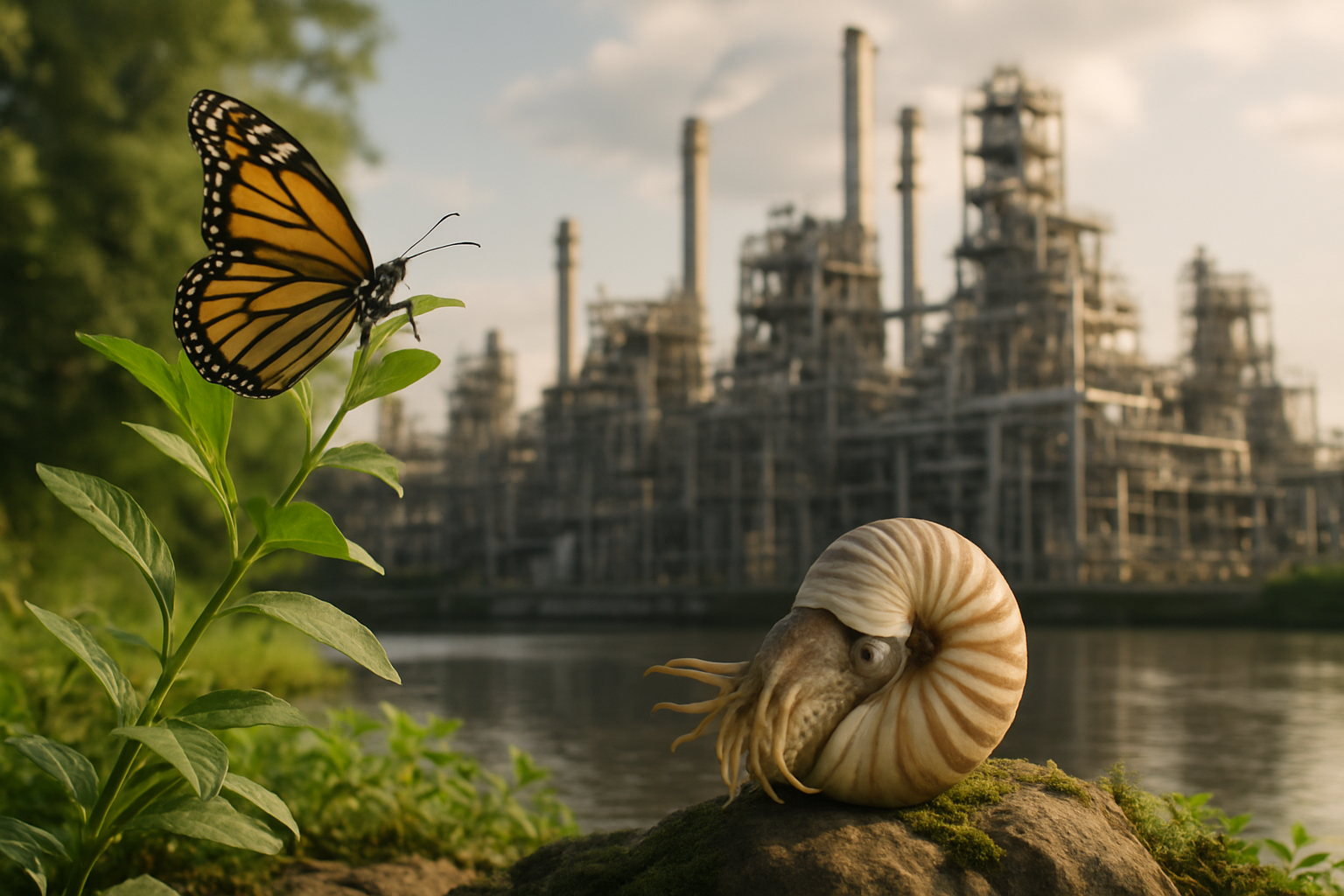Leveraging Biomimicry in Industrial Process Design
Biomimicry, the practice of emulating nature's time-tested patterns and strategies, is revolutionizing industrial process design. By drawing inspiration from biological systems, companies are discovering innovative solutions to complex operational challenges, enhancing efficiency, and promoting sustainability. This article explores how biomimicry is reshaping industrial practices and driving the next wave of operational excellence.

The Foundations of Biomimicry in Industry
Biomimicry in industrial process design is rooted in the observation and adaptation of natural systems. This approach involves studying biological mechanisms, structures, and processes that have evolved over millions of years to solve specific problems. Industries then translate these natural solutions into technological innovations and operational strategies.
The concept gained prominence in the 1990s, largely due to the work of biologist Janine Benyus. Her book, “Biomimicry: Innovation Inspired by Nature,” laid the groundwork for applying nature’s wisdom to human-made systems. Since then, biomimicry has found applications across various sectors, from architecture to manufacturing, offering a sustainable alternative to traditional industrial practices.
Nature-Inspired Efficiency in Manufacturing
Manufacturing processes have much to gain from biomimetic principles. One striking example is the optimization of material flow within factories, inspired by the efficient nutrient distribution systems in plants. Just as plants transport water and nutrients through their vascular systems with minimal energy expenditure, manufacturers are redesigning their production lines to minimize waste and maximize resource utilization.
Another area where biomimicry is making waves is in the development of self-cleaning surfaces. By mimicking the hydrophobic properties of lotus leaves, industries are creating materials that repel water and dirt, reducing the need for chemical cleaners and maintenance downtime. This not only cuts costs but also minimizes environmental impact.
Biomimetic Approaches to Energy Management
Energy efficiency is a critical concern for industries, and biomimicry offers innovative solutions. The thermoregulation strategies of termite mounds, for instance, have inspired more efficient HVAC systems for industrial facilities. These biomimetic designs create natural ventilation and temperature control, significantly reducing energy consumption.
Furthermore, the energy-harvesting techniques of deep-sea creatures are informing the development of new power generation technologies. By emulating the bioluminescent processes of certain marine organisms, researchers are exploring ways to convert chemical energy into light and electricity more efficiently, potentially revolutionizing industrial lighting and power systems.
Enhancing Material Performance Through Nature’s Designs
The quest for stronger, lighter, and more durable materials has led industries to look closely at nature’s engineering marvels. The structure of spider silk, renowned for its strength-to-weight ratio, is inspiring the development of high-performance fibers for industrial applications. These biomimetic materials promise to enhance product durability while reducing resource consumption.
Similarly, the self-healing properties of certain biological tissues are driving innovations in smart materials for industrial use. Researchers are developing polymers and composites that can autonomously repair minor damage, potentially extending the lifespan of industrial equipment and reducing maintenance costs.
Optimizing Logistics with Swarm Intelligence
Nature’s collective behaviors are providing valuable insights for optimizing logistics and supply chain management. Swarm intelligence, observed in ant colonies and bee hives, is being applied to streamline warehouse operations and distribution networks. By emulating the decentralized decision-making processes of these insect societies, industries are developing more adaptive and resilient logistical systems.
This biomimetic approach to logistics not only improves efficiency but also enhances the ability to respond to unforeseen disruptions. Just as ant colonies quickly find new food sources when old ones are depleted, biomimetic logistics systems can rapidly adjust to changes in supply and demand, ensuring smooth operations even in volatile markets.
Biomimicry in Action: Key Strategies for Industrial Innovation
• Study ecosystem interactions to develop circular economy models within industrial parks
• Analyze plant root systems to design more efficient and resilient supply networks
• Mimic shark skin texture to create drag-reducing coatings for industrial equipment
• Emulate the shock-absorbing properties of woodpecker skulls to improve protective gear
• Replicate the water-harvesting techniques of desert beetles for water conservation in arid industrial zones
• Adapt the collaborative behaviors of social insects to enhance teamwork in manufacturing processes
As industries continue to grapple with the challenges of sustainability and efficiency, biomimicry stands out as a powerful tool for innovation. By looking to nature’s 3.8 billion years of research and development, businesses can unlock new pathways to operational excellence and environmental stewardship. The future of industrial process design lies not in conquering nature, but in learning from and working alongside it, creating a symbiotic relationship that benefits both industry and the planet.




